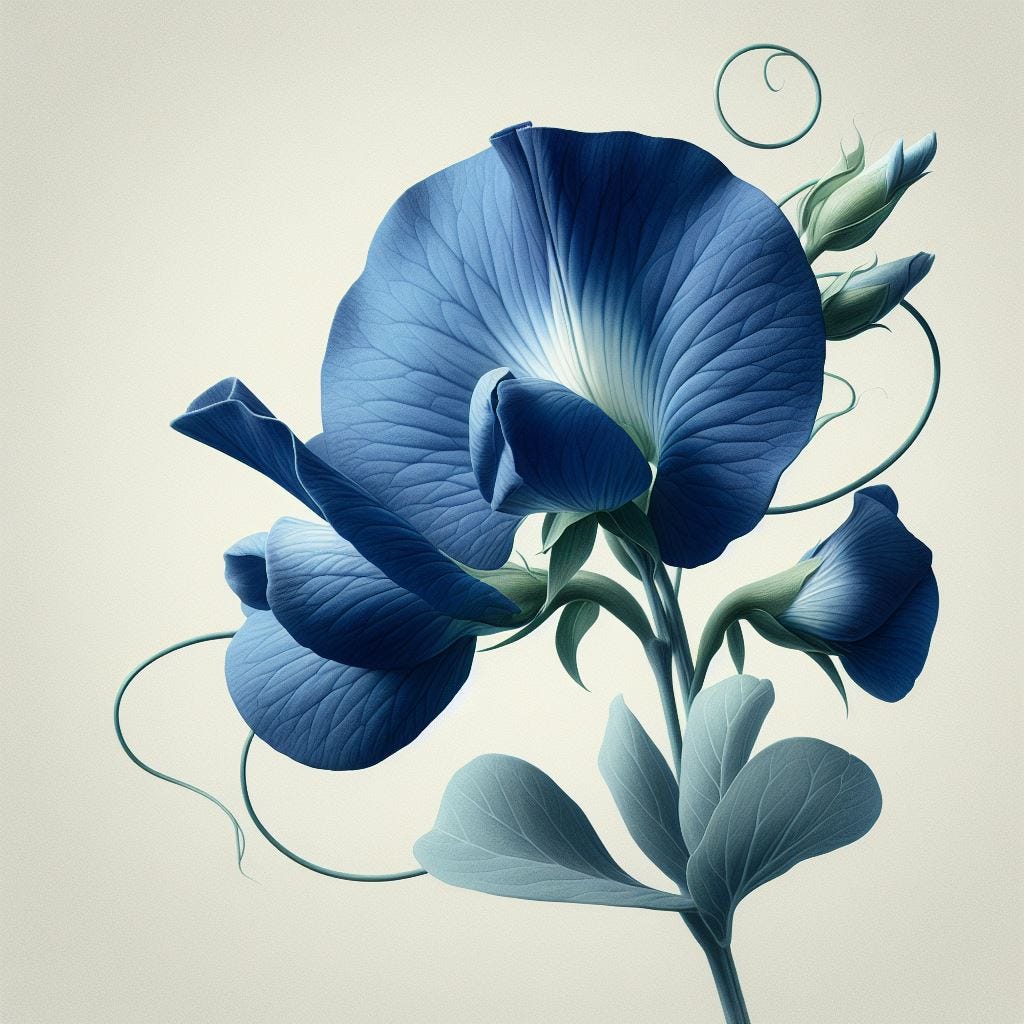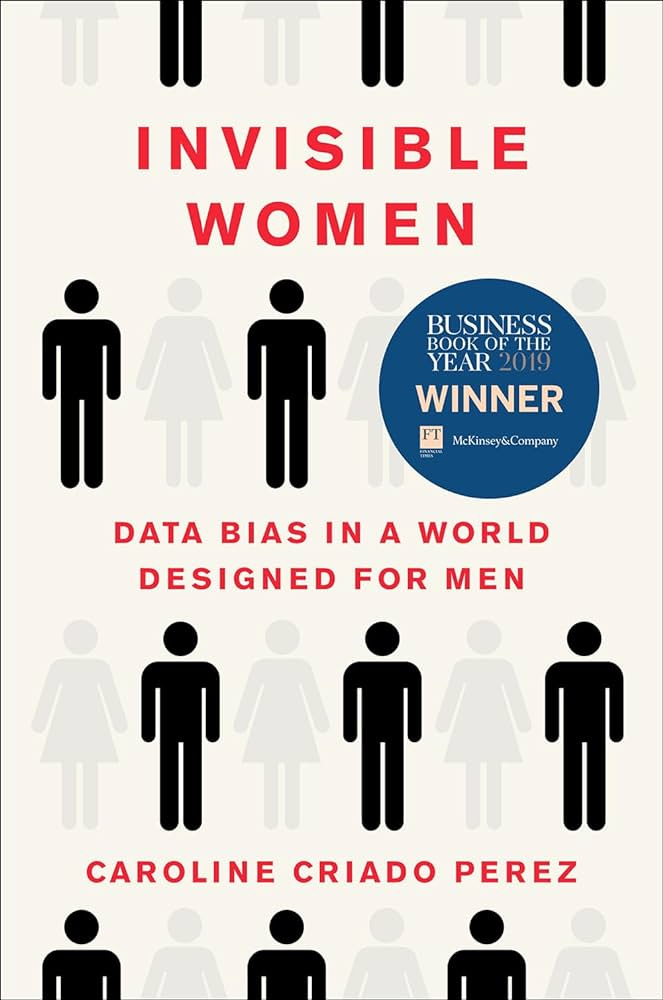The 191st Block: Cry, baby, cry
Please read because I spent too much time to locate the source to the 1700s' birth records, written in academic French 😭
This week…
Your reading time is about 10 minutes. Let’s start.

I saw a TikTok of a man claiming that lesbians do not biologically exist. “No-no-no-no-no,” he cut someone off as they tried to respond. “Look it up!”
I didn’t look it up. I closed the app, closed my eyes, but couldn’t sleep. Because I already have all the talking points rushing through my mind: the 300-year-old fertility study, neonatal anaesthetics, the first use of electricity… I don’t think any of that makes sense to the readers at this point, but I will get to them shortly. First, let me introduce myself.
More than two decades ago, I graduated with a science degree. I majored in biology and minored in anthropology and sociology. I did a few more years of postgraduate research in behavioural science. Even though I am not a practising scientist, I did most of my science communication through my journalism (and some training and mentoring). I am not the ideal expert on this subject, but I am probably more qualified than the average person.
That said, I am non-confrontational. If I’m not paid for the labour, I will not say or do anything about contentious things. I may be making mental judgments, but that’s none of your business. It’s just self-preservation: Any newsperson knows that they can publish the most benign piece and someone somewhere will somehow find something faulty and launch into an ad hominem attack. It’s not worth it.
This time, it will be different. It’s the end of the year. It’s the slow news period. I have the time and energy. I will address why lesbians do not biologically exist.
TL;DR: Because men haven’t made such a scientific discovery.
Before we address what the TikTok man saying, first, we ask the following rhetorical questions to calibrate our bullshit compass: Why is he saying this? (In other words: What is his intent?) Who is his audience? How did he arrive at this statement?
Notice the phrasing of his statement. When using science as a basis of an argument, we must accept that science is not complete, nor is it perfect. But that’s a delicate task lest science loses all authority and some random man-god gains all the influence in its place instead. Yet we must. We must, in good faith, accept that our knowledge of the human body is lacking.
For example, you’ve surely heard that women’s fertility drastically declines after the age of 35. One in three women over the age of 35 will not conceive a baby after a year of trying. However, per Jean Twenge, a psychologist at San Diego State University, that statistic comes from 300-year-old church birth records from 1700s France.12 How relevant is that single consolidation of birth records from the 18th century to modern-day women’s health? Think about the standard of health care, hygiene, and nutrition services.
For context, people then didn’t have access to electricity yet—not until the 19th century. Louis Pasteur and his pasteurisation process weren’t even born yet. There were no such things as antiseptic medical procedures let alone antibiotics, which only became a thing in the mid-1800s and 1920s, respectively.
So, the reality is that women in 1700s France were probably too dead or too sick from childbirth and ailments to be birthing babies past their 30s. That’s likely why there was a drastic reduction in pregnancy in women in that age group. But that statistic is still accepted in present-day understanding of women’s fertility.
One recent women’s fertility study is challenging that. It was carried out this century, thankfully, and found that more than 4 in 5 women (82 per cent) aged between 35 and 39 got pregnant within a year. Compared to 86 per cent of women aged between 27 and 34 who will conceive within the same period, this figure is not dramatic at all.3
Studies on women’s health and sexuality are few and far between. Is it because it concerns women, who are less important than men, perchance?
For example, the first comprehensive anatomical study of the clitoris was published only in 1998.4 Another study by the same lead researcher Helen O’Connell was subsequently carried out to examine the organ under MRI in 2005,5 where we learned that if the vulva is an epicurean flower then the clitoris is a glorious orchid.
And let’s not forget the collective shock we had in August when we found out that period products were tested with blood for the first time just this year.6 Before, these products were tested with water or saltwater, even though periods are more viscous and contain bits of endometrial tissue and blobs of blood cells, all of which affect a product’s absorption rate.
Do you know who gets it worst, though? Babies.
Neonatal medical procedures were carried out without anaesthetics until the 1980s because some old research said that babies, who are lesser beings, are unable to feel pain, among other things.78 Anyway, general anaesthesia wasn’t used in humans until the mid-1800s, so the babies were only about 150 years behind the times. Or maybe the boomers were right—kids these days aren’t as tough as they used to be. Back in their day, they didn’t feel any pain at all.
Anyway, as exhibited by the few instances above, we acknowledge that our knowledge of the human body is constantly growing and evolving, so it’s okay if some extraordinarily confident TikTok man made a daft claim because it’s bolstered by the contemporary man’s interpretation of the sciences. But what if we do get to a point where all the facts about the human body have been discovered, and we stop changing as a species, and men can definitively conclude that biological lesbians don’t exist?
Well, so what? They exist socially, at least. And what’s wrong with that? Maybe it’s a sociological response to the man-made environment that makes men sexually undesirable and unattractive to them, for some under-studied reason. Maybe they exist politically, in spite of (or out of spite lol). Is that valid enough? Maybe some women have a lot of time and energy to feign sexual interest in other women, fake lesbian orgasms with each other, and deliberately choose the treacherous lifelong lesbian lifestyle as a political statement. I don’t know why they would do something like that, but they certainly can.
So, really, so what? What is the intention in saying that lesbians do not biologically exist? Is it to undermine and gaslight women who, by this premise, choose to go against their biology as a sociopolitical stance? But why oh why would they go out of their natural ways to do such a thing? Women! What complicated creatures they sure are!
ICYMI: The Previous Block told you not to do your own research. CORRECTION NOTICE: None notified. Why some people don’t trust science – and how to change their minds
Laurence D. Hurst, University of Bath, for The Conversation:
When a person who trusts the scientific method debates with someone who doesn’t, they are essentially playing by different rules of engagement. This means it is hard to convince sceptics that they might be wrong.
So what we can one do with this new understanding of attitudes to science? The messenger is every bit as important as the message.
Citations show gender bias — and the reasons are surprising
Anil Oza for Nature:
An analysis of more than two million papers in the life sciences shows a strong gender bias in citations: papers with female lead authors get fewer citations than do those led by male authors in subsequent male-led papers. This pattern holds true in many subfields of the life sciences, including those with relatively equitable gender representation.
The study’s authors say that the imbalance is caused in part by gender specialization in certain research areas. But there’s another factor at play—a researcher’s mentors, co-authors and conference buddies are likely to share their gender identity.
Kenya rights groups say move to block phone fraud is surveillance
Nita Bhalla for Context:
“It's a form of spyware,” said David Indeje from KICTANet, a Kenyan technology think-tank.
“At the heart of it, there are serious privacy concerns. The government and other third parties such as telecoms operators will have access to users’ phone data, including calls, messages and financial transactions,” he said.
An official from the Communications Authority of Kenya (CAK), which is implementing the DMS, said accusations that the technology violated citizens’ privacy were misinformation.
“The aim of the DMS is to isolate and deny services to the illegal devices ... it does not access subscriber personal information and data,” said the official, who declined to be named as he was not authorised to speak to the media.
What I read, listen, and watch…
I’m reading Invisible Women (2019) by Caroline Criado Perez. It’s a book previously recommended on TSB that shows how, in a world largely built for and by men, a gap in our knowledge is formed, creating a pervasive bias with profound effects on women’s lives.
I’m listening to “The Intimate Side of a Woman’s Life,” a Sawbones episode hosted by Dr Sydnee McElroy and Justin McElroy about outdated medical advice for cisgender women.
I’m watching Pendatang (2023) a film depicting racial segregation in Malaysia, available for free and in its entirety on YouTube.
Other curious links, including en español et français:
“Born that way: How infant temperament extends its reach into young adulthood” by Gina Mireault (Northern Vermont University) for Aeon.
“Is spreading medical misinformation a physician’s free speech right? It’s complicated” by Stacy Weiner for AAMC.
“South Korea’s proposed tech regulations would be a gift to China” by Robert C. O'Brien for The Hill.
“Clue in the windscreen may be key in legal challenge to Queensland’s AI traffic fine system” by Joe Hinchliffe for The Guardian.
“El peligroso impacto de los bulos en las vidas de los hispanohablantes de Estados Unidos” ($) por Andrea J. Arratibel en El País.
“Barbie, una ‘mala influencia’ para futuras médicas y científicas” por Ricardo F. Colmenero en El Mundo.
« L’année 2023, minée par les échecs en techno » par Stéphanie Dupuis dans Radio-Canada.
« Femmes, dans les collections des musées comme aux postes à responsabilité, où sont-elles ? » par Hager Jemel-Fornetty et Guergana Guintcheva (EDHEC Business School) dans The Conversation.
Chart of the week
From ProPublica’s investigation with Tow Center for Digital Journalism into misinformation on XTwitter:
“The blue check is flipped now. Instead of a sign of authenticity, it’s a sign of suspicion, at least for those of us who study this enough,” said Michael Zimmer, the director of the Center for Data, Ethics, and Society at Marquette University in Wisconsin. Read the full report by Jeff Kao and Priyanjana Bengani here.
And one more thing
Twenge, Jean M. “How Long Can You Wait to Have a Baby?” The Atlantic, 20 July 2023, www.theatlantic.com/magazine/archive/2013/07/how-long-can-you-wait-to-have-a-baby/309374/. Accessed 30 Dec. 2023.
Henry, Louis, and Jacques Houdaille. ‘Fécondité Des Mariages Dans Le Quart Nord-Ouest de La France de 1670 a 1829’. Population, vol. 28, no. 4/5, 1973, p. 873, https://doi.org10.2307/1531261.
Dunson, David B., et al. ‘Increased Infertility with Age in Men and Women’. Obstetrics and Gynecology, vol. 103, no. 1, 2004, pp. 51–56, https://doi.org10.1097/01.AOG.0000100153.24061.45.
O’Connell, H. E., et al. ‘Anatomical Relationship between Urethra and Clitoris’. The Journal of Urology, vol. 159, no. 6, 1998, pp. 1892–1897, https://doi.org10.1016/S0022-5347(01)63188-4.
O’Connell, Helen E., et al. ‘Anatomy of the Clitoris’. The Journal of Urology, vol. 174, no. 4 Pt 1, 2005, pp. 1189–1195, https://doi.org10.1097/01.ju.0000173639.38898.cd.
DeLoughery, Emma, et al. ‘Red Blood Cell Capacity of Modern Menstrual Products: Considerations for Assessing Heavy Menstrual Bleeding’. BMJ Sexual & Reproductive Health, 2023, p. bmjsrh-2023-201895, https://doi.org10.1136/bmjsrh-2023-201895.
Rodkey, Elissa N., and Rebecca Pillai Riddell. ‘The Infancy of Infant Pain Research: The Experimental Origins of Infant Pain Denial’. The Journal of Pain: Official Journal of the American Pain Society, vol. 14, no. 4, 2013, pp. 338–350, https://doi.org10.1016/j.jpain.2012.12.017.
Anand, K. J. S., and P. R. Hickey. ‘Pain and Its Effects in the Human Neonate and Fetus’. The New England Journal of Medicine, vol. 317, no. 21, 1987, pp. 1321–1329, https://doi.org10.1056/nejm198711193172105.







First of all, another great post! Glad you are ending the year with another banger of an essay.
Secondly, just wanted to point out that you forgot to include the link for the third story (Kenya).
Third, keep it up and happy new year!